Chicken for Baby Led Weaning
- February 26, 2024
- Last Updated: March 4, 2024
- 0 Comments
- Recipes
Is it recommended to serve chicken for baby led weaning? This post breaks down everything you need to know about chicken for babies, as well as how you can incorporate it into baby food for baby led weaning.
As an Amazon Associate, I may earn from qualifying purchases. You can read more here on our Disclaimer and Privacy Page.
Now that I’ve done three rounds of baby led weaning with my three kiddos, I have a much better understanding of how to serve foods as well as how to prepare them.
As a Registered Dietitian, I am well aware of the nutritional implications of offering a variety of solid foods.
I have always made sure to offer iron-rich foods as first foods for babies, since I’ve always breastfed and know that after 6 months, the iron in breastmilk starts to decrease.
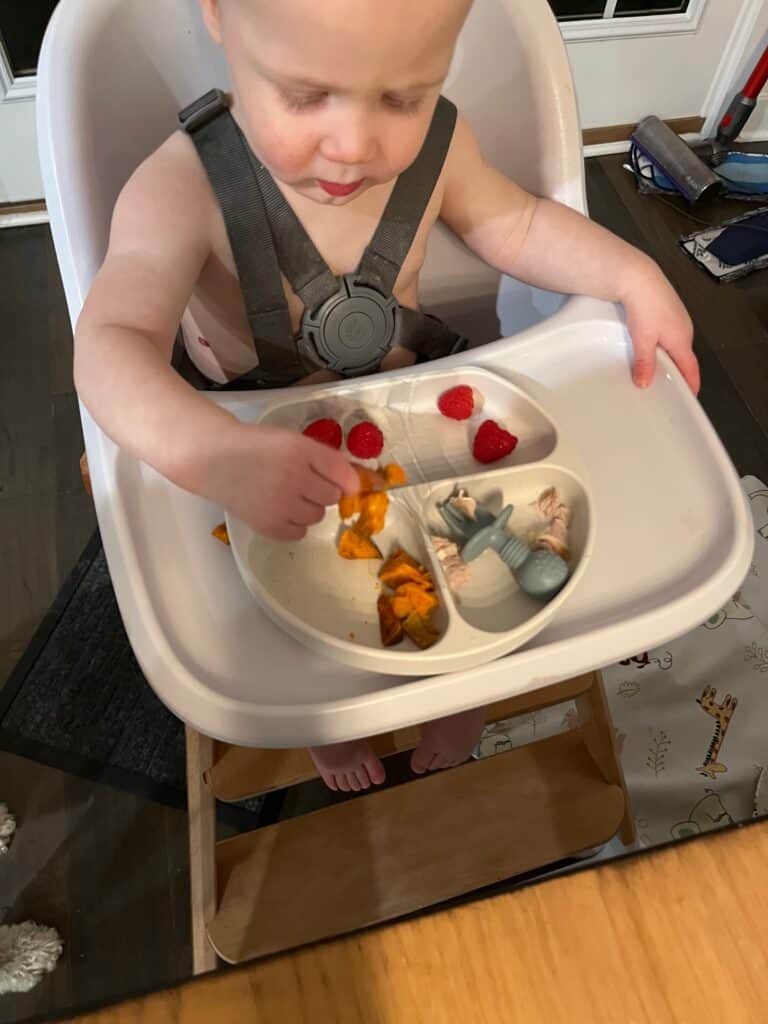
In this article, I’ll share many examples of how to serve chicken for babies, what to serve it with, and how to pair it with other foods to increase the availability of certain nutrients, like iron and zinc.
Nutrition of Chicken for Babies
You may be wondering, How do I introduce meat to babies in BLW? Or, how do you properly cut meat for babies?
These are important questions to have answers to when preparing chicken for baby led weaning. Let’s start by talking about the nutrition content of chicken and why it is a great food for babies.
Chicken for baby led weaning is a great iron-rich food that pairs well with many other baby-friendly options, and one that can be enjoyed by the whole family.
Here are some facts about chicken nutrition for babies.
- Protein – While breastmilk and formula provide protein, introducing solids (when appropriate) is a great way to enhance protein intake, which is essential for growth and development in babies, and plays a role in nearly all bodily functions. Chicken is a great source of protein for babies and can be prepared in many different ways.
- Iron – Iron plays an important role in neurological development during infancy and early childhood, as well as growth. Iron is necessary to make hemoglobin, which carries oxygen in red blood cells to all parts of the body. Introducing iron-rich foods when starting solids is important to ensure infants are meeting their recommended iron intake.
- Zinc – Zinc is also important for growth and development, as well as immune deveopment, smell, taste and wound healing. Babies between 0-6 months need 2 mg of zinc per day, while children between 6-24 months need 3 mg per day. Since formula generally provides zinc and iron, getting zinc through foods for babies who are breastfed is even more important.
- B-Vitamins – Chicken is rich in various B-Vitamins, which are helpful for energy production, assisting the nervous system, digestive system, red blood cell production, metabolism and more.
- Choline – Recently, we have really started to understand the importance of choline, especially during vulnerable periods of life, such as pregnancy, in utero, for newborns, young children and more. Choline was officially recognized as an essential nutrient by the Institute of Medicine (IOM) in 1998. It plays an important role in brain health, cell signalling, cell proliferation, memories and more.
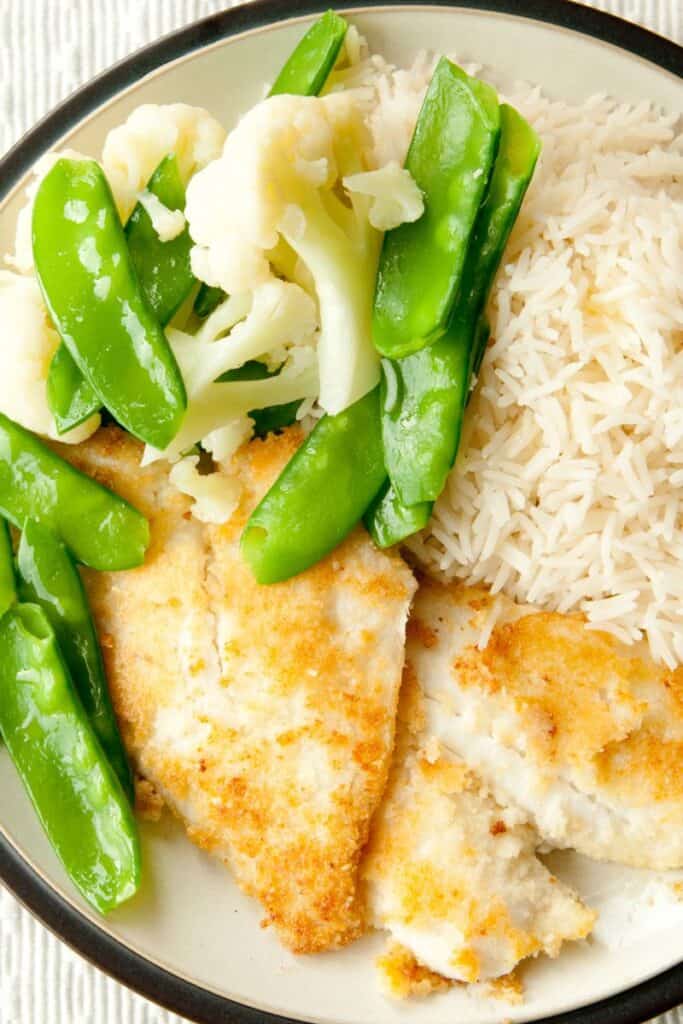
When Can Babies Eat Chicken?
Babies can eat chicken and chicken foods when they are ready for other solids and are showing signs of readiness, which is usually around 4-6 months of age.
As of 2021, the American Academy of Pediatrics, U.S. National Institutes for Health, and the World Health Organization all recommend waiting until your baby is around 6 months old and showing signs of readiness to introduce solids.
Here are some of the signs of readiness.
- Sitting: Baby can sit independently and with head control. This ensures safe angles for chewing and swallowing. And don’t forget a proper high chair with a foot rest for baby!
- Reach & Grab: Baby is able to pick up food while seated and easily bring them to the mouth. This is why we rely mostly on finger foods that are easy to grab!
- Shows An Interest: Baby has shown/is showing an interest in food. While watching you eat, he/she may grab at the food.
- Tongue Reflex: Some experts also recommend having the tongue thrust disappear before starting solids. However, this may not be necessary.
Some babies are ready for food sooner or later, as each baby is on his/her own path for development.
In this post, I shared some ideas for baby led weaning foods for 7 months, where my son was definitely influenced by his older sisters in wanting to try new foods.
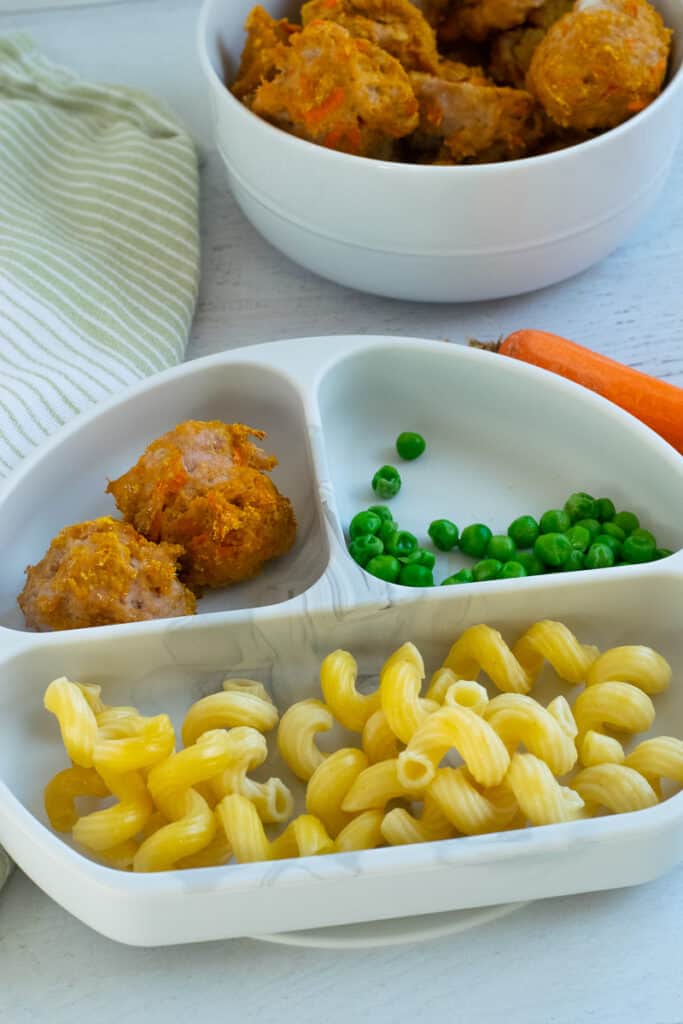
Ways to Serve Chicken for Baby Led Weaning
Here are some ideas for preparing chicken for babies.
There are many different textures for chicken, so consider the below and what may be appropriate for your baby depending on their competency.
- Pureed – Pureeing chicken is a great, safe option for younger eaters. You can puree it into a “mash” and mix it with other foods or throw it into a smoothie.
- Baked – To bake chicken for babies, use a neutral oil, like olive oil or avocado oil, and some light seasonings, like garlic, a little salt or pepper. Baking can ensure it cooks evenly. How long you bake the chicken will depend on the size and cut of it.
- Drumsticks – Serving chicken drumsticks is a great way to serve chicken to babies since it’s easier for them to grip and hold. It also has fattier cuts of meat, and fat is important for babies.
- Shredded – It’s often easier to use boneless, skinless chicken breasts or thighs for shredding. To do so, allow the cooked chicken to cool, and use two forks to tear the meat apart, or use a stand mixer. Shredded chicken can be added to soups, meatballs, mashed with veggies, avocado and more.
- Boiling – To boil chicken, place a pot on the stove over medium-high heat and bring water to a boil. Add chicken pieces or whole chicken to boiling water, cover and then reduce to simmer. Boiling can take 20-25 minutes, or longer, depending on the size/cut of the chicken. Make sure to check for doneness using a food thermometer. The internal temperature of the chicken should reach 165°F (74°C).
- Rotisserie chicken – Rotisserie chicken is my favorite quick hack. Throw it in chicken pasta for babies, in soup, or serve on its own. It’s already cooked and done for you!
- In a chili or soups – Using ground chicken in a chili is another great way to offer chicken to babies. I’m partial to this pumpkin chicken chili since the Vitamin C in the pumpkin helps with iron absorption. It’s also veggie-rich for babies. You could even substitute the ground turkey in this meatball kale soup for ground chicken.
- Air fried – The great thing about the air fryer is that it doesn’t require excessive oil. When serving chicken to babies, avoid frying or using excessive amounts of seasoning.
- Instant pot or crockpot – The great thing about making chicken in the crockpot or instant pot is that it’s very hands-off for you, as the parent. It also comes out perfectly and easy to handle. You don’t need to worry about raw or undercooked chicken, though of course, it’s still important to test the temperature and use a food thermometer to ensure it’s cooked through. On weekend days, I’ll prep the chicken and let it set in the crockpot for a tasty, flavorful meal that night.
- Breaded – Breading chicken can be a flavorful way to serve chicken to older babies and toddlers, but shouldn’t be offered to new eaters between 6-12 months. You can also consider breading chicken with healthier options, like whole wheat flour, quinoa, etc.
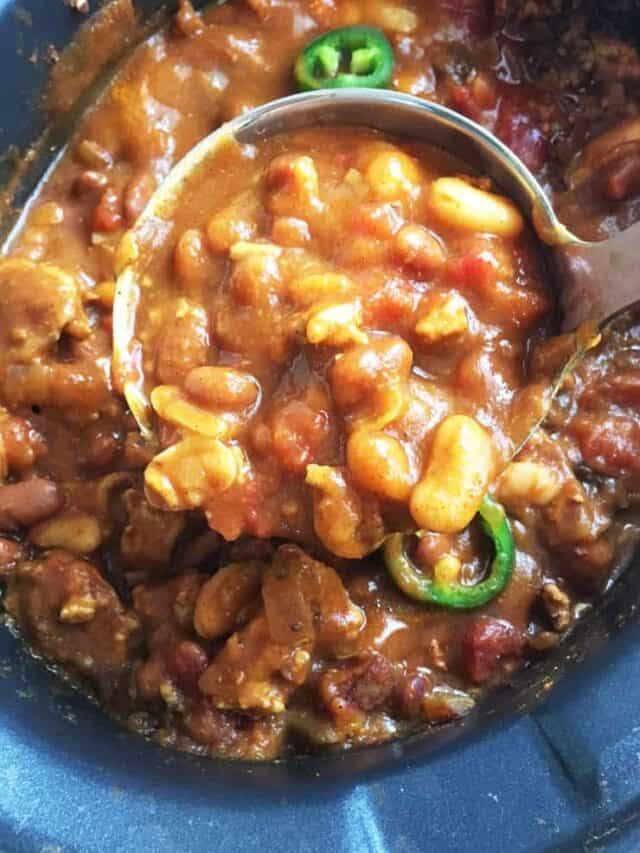
For older babies and toddlers, you can check out this post for ideas for sides for chicken tenders.
Different Cuts of Chicken for Different Ages
The age of your baby may dictate how to cut and prepare the chicken, since pincer grasps, swallowing, and general competency may vary.

When serving early eaters, make sure the chicken is boneless and skinless to avoid any choking hazards. You may want to serve easy-to-hold options, like drumsticks, chicken meatballs and finger-shaped cuts of chicken.
As babies progress and can pick smaller pieces of food up, you can start to offer more finely cut options, like shredded or diced chicken.

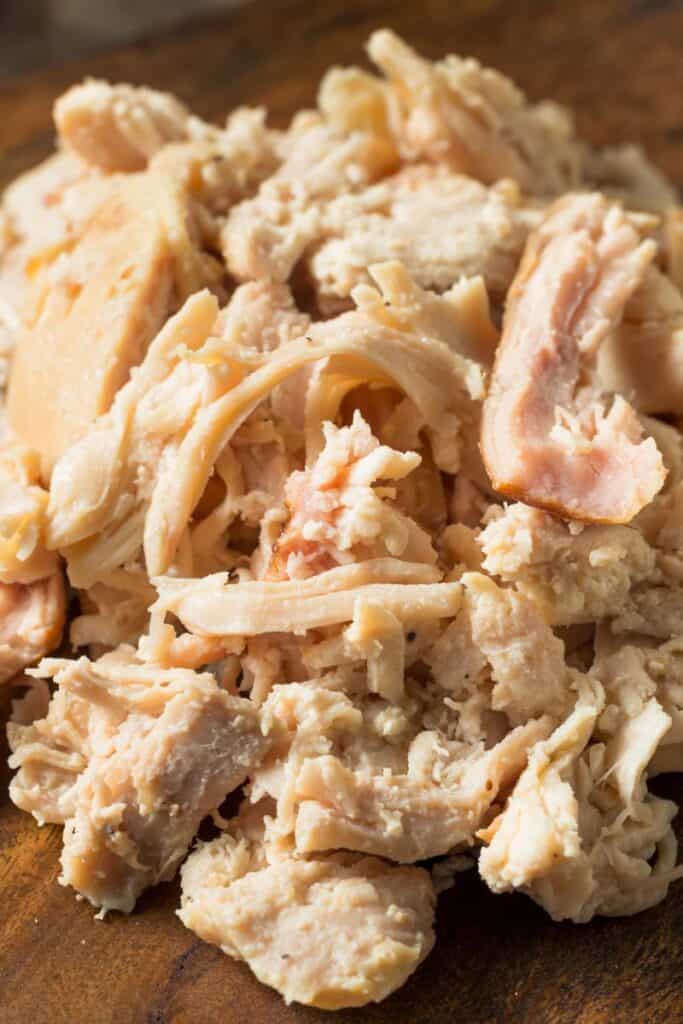
Important Tips for Preparing Chicken For Babies
Of course, when cooking chicken for baby led weaning and for any small child, it’s extra important to keep food safety protocols in mind and ensure that it is cooked thoroughly.
I prefer to use humane meat from Butcher Box – especially since I can order free range organic chicken as drumsticks, chicken breasts, ground chicken for meatballs, etc.
Cook appropriately – Chicken should be cooked to an internal temperature of 165 degrees F (74 degrees C) and there is no pink. Undercooked chicken has been associated with foodborne illnesses.
Furthermore, make sure that you’re not cross-contaminating surfaces or cooking utensils by touching raw chicken and then touching other foods. Make sure to wash your hands adequately after handling raw chicken and poultry.
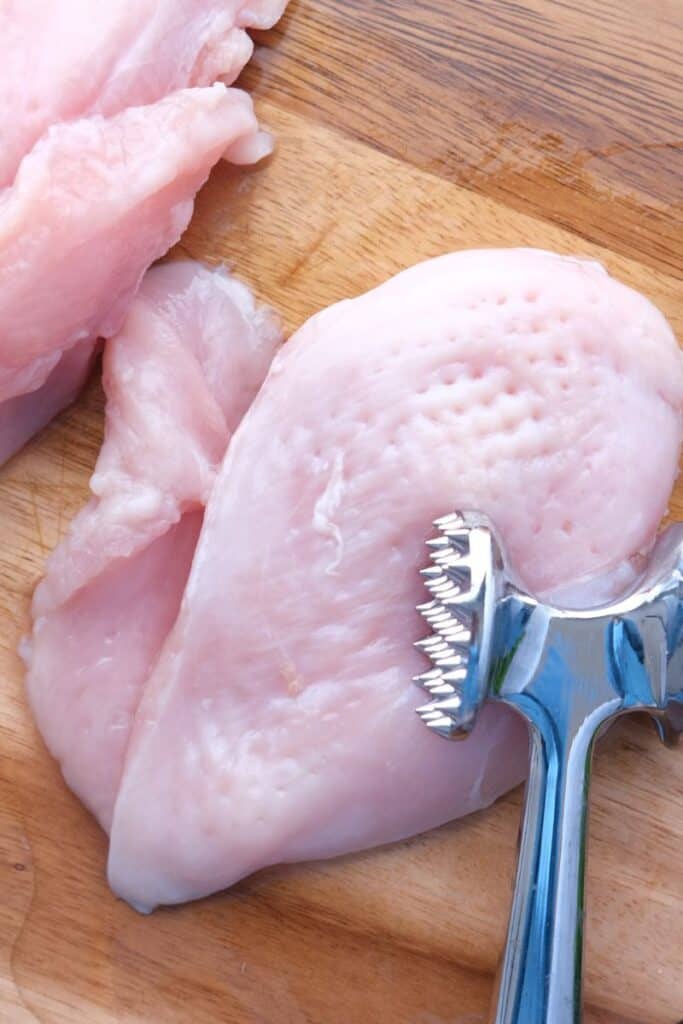
Thawing – When thawing chicken, always do so in the refrigerator in a bowl or closed container, not on the counter.
Store properly – Make sure to store raw chicken away from produce. Once chicken is cooked, it is usually best up to 3-4 days in the refrigerator.

We pretty much use all of the EZPZ products since they have an awesome development team that creates things based on baby’s needs for their age and developmental milestones.
The mini cup, utensils, bowl and tiny placemat are all great for babies just starting solids!
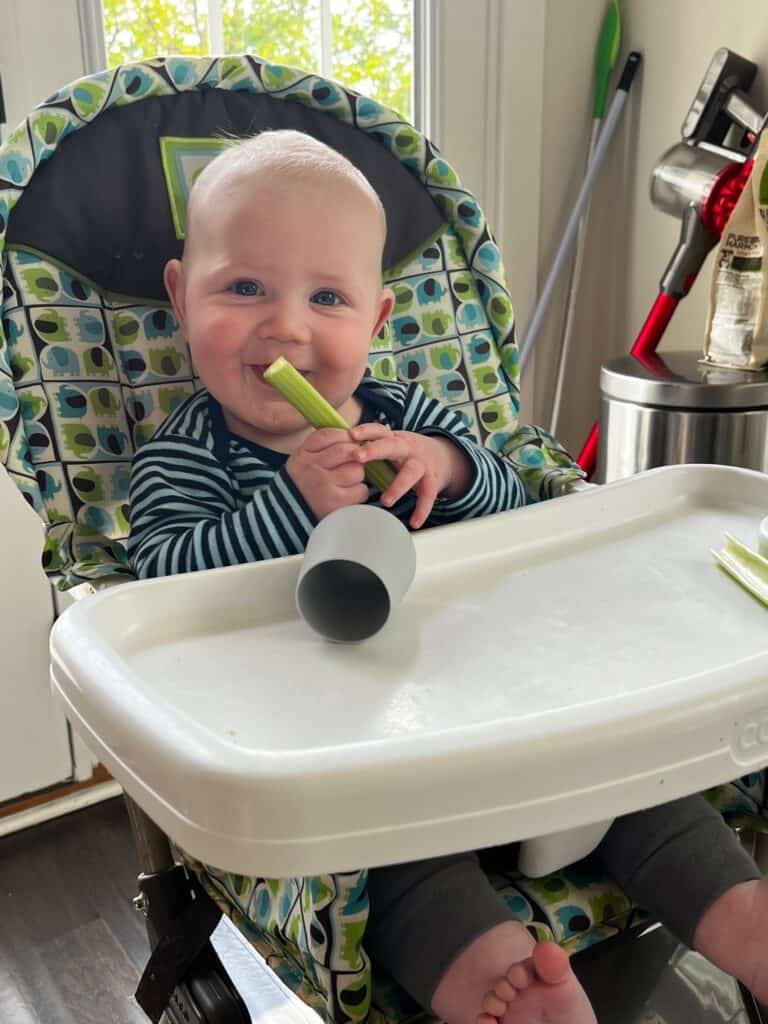
Here is what the mini cup looks like as our guy plays with it. It’s so easy for them to hold themselves!
Baby Sides to Serve with Chicken
Here are some things I like to pair chicken with for baby led weaning.
- Broccoli – Steamed, air fried or sauteed broccoli are easy and nutrient-rich sides for chicken.
- Baby led weaning carrots
- Parsnip fries – I love parsnip fries because baby can hold them, but there are several other ways to serve parsnip to babies as well.
- Sweetpotato fritters
- Avocado – I sometimes like to coat chicken in mashed avocado if it’s too dry to make it easier for baby to chew. Plus, avocado is a great source of fat for babies.
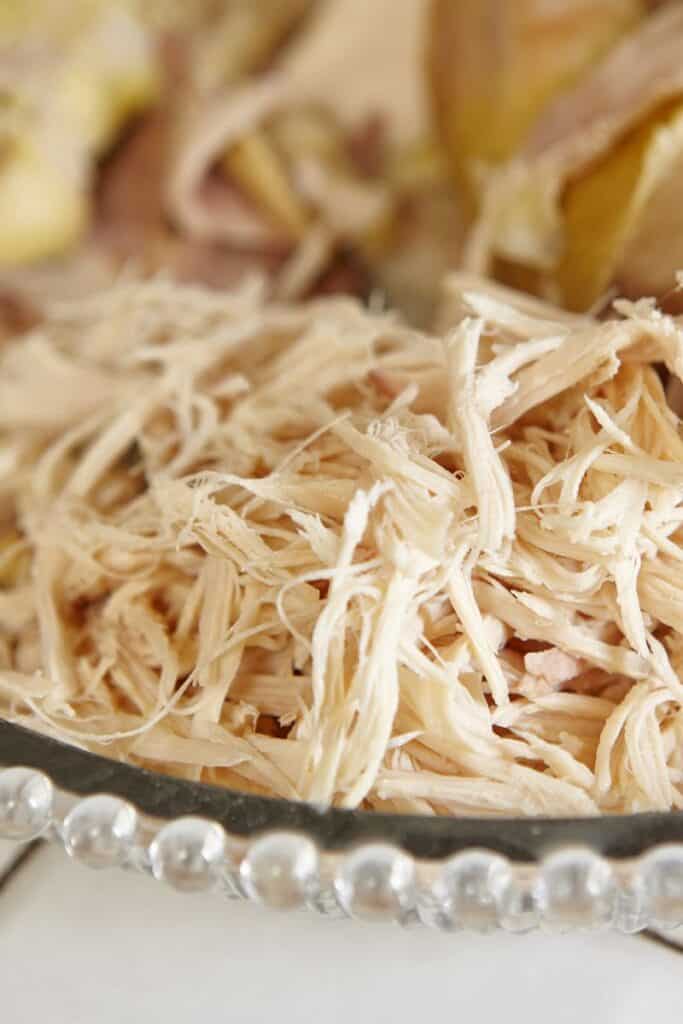
Chicken Recipes for Babies
While you don’t have to include chicken in a recipe when serving for baby led weaning, you certainly can.
After all, with baby led weaning, the idea is that the babies eat what you’re eating, and if you have some chicken recipes that you enjoy, baby should be able to (mostly) enjoy it too, if prepared and cut properly and safely.
For example, if you’re eating a chicken enchilada recipe, you may want to be able to modify it to serve to baby as well. I also love to just incorporate chicken (any way) in many of these baby led weaning dinner ideas.
Here are some specific baby-friendly chicken recipes.
Chicken Recipes for Baby Led Weaning
If you want to serve chicken for baby led weaning, here are some easy ways to do so, as well as tips for preparing and serving chicken to baby.
Chicken Pumpkin Chili in the crockpot is the perfect white bean pumpkin chili with your choice of meat. Full of hearty protein, vegetables, fiber and vitamins, this pumpkin chili recipe is great for warming you up and keeping you nourished.
Lemon Pepper Baked Chicken Tenders are a family favorite, and great alongside your favorite dip and grains. Ready in about 20 minutes, they're a weeknight staple, made with only a handful of ingredients!
These chicken meatballs for baby need only 5 ingredients, and are a healthy and fun way to introduce nutrients to your baby (and/or toddlers!).
These healthy Greek Chicken Meatballs are packed with Mediterranean flavor! Made with ground chicken, spinach, herbs, and feta cheese, these meatballs are great for kids.
This chicken and leek risotto is healthy comfort food at its best! Creamy, flavorful and easy to make as a one pan meal, it's perfect for a fun family dinner.
Baked chicken cutlets are an easy dinner idea, and this Italian chicken recipe features zesty marinara and mozzarella. A kid-friendly meal!
You can use this chicken in all kinds of dishes from tacos, to burrito bowls, to salads, to quesadillas. This chicken is freezer friendly and such a great busy weekday option.
Personalize this homemade chicken noodle soup for your baby with some veggies and easy flavors.
Easy Baked Chicken Tenders are crispy, flavorful, and ready in 30 minutes. With just handful of ingredients, these homemade tenders are perfect for an easy meal!
This easy gluten free chicken lentil soup recipe is every bit filling as it is comforting and good for you! Loaded with nutrient dense lentils, chicken and tender sauted veggies.
Slowcooker creamy chicken soup is great for babies, kids and the whole family. Made with carrots, celery, onions, mushrooms, chicken, rice, variety of spices, and finished off with cream. Pair this with grilled cheese or crusty bread for dinner on a cold evening!
This Air Fryer Chicken Quesadilla recipe is easy, cheesy, and ready in just 20 minutes. By using shredded rotisserie chicken and flour tortillas, this simple dish is perfect for the whole family!
These boneless chicken thighs are great for the whole family.
Chicken tortellini soup is a flavorful and nourishing soup great for all ages.
Chicken baby food made in the crockpot! Tender shreds of chicken with carrots for baby.
This fiber-rich chicken chili with quinoa is easy and great for babies and kiddos.
This Slow Cooker Applesauce Chicken is the easiest family-friendly dinner recipe you've ever had! The sweet and savory combo of applesauce and chicken is dumped together and cooked right in your Crockpot with zero fuss!
Crockpot Chicken and Noodles is delicious and simple comfort food that everyone will love.
FAQ
While chicken is not a common allergen, there have been cases of food allergies reported in the past. In certain populations, such as children with atopic dermatitis, sensitization to chicken meat may be present in up to 20% of children, though it is not something routinely tested. Typical symptoms of primary poultry meat allergy include OAS (±dyspnea), gastrointestinal complaints, urticaria and angioedema. Severe anaphylaxis with cardiovascular symptoms is rare. If you are concerned, talk with your pediatrician/healthcare provider, and don’t offer several new foods in the same day.
While serving spices to babies is great for improving their palate, avoiding overly spicy or salty seasonings is important.
References:
- Centers for Disease Control and Prevention. Iron. Retrieved from https://www.cdc.gov/nutrition/InfantandToddlerNutrition/vitamins-minerals/iron.html
- Stanford Medicine: Children’s Health. Zinc. Retrieved from https://www.stanfordchildrens.org/en/topic/default?id=zinc-19-Zinc
- Zeisel SH. Choline: critical role during fetal development and dietary requirements in adults. Annu Rev Nutr. 2006;26:229-50. doi: 10.1146/annurev.nutr.26.061505.111156. PMID: 16848706; PMCID: PMC2441939.
Support Bucket List Tummy







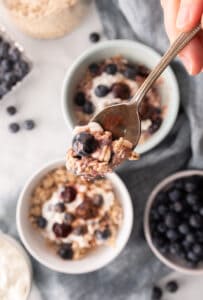

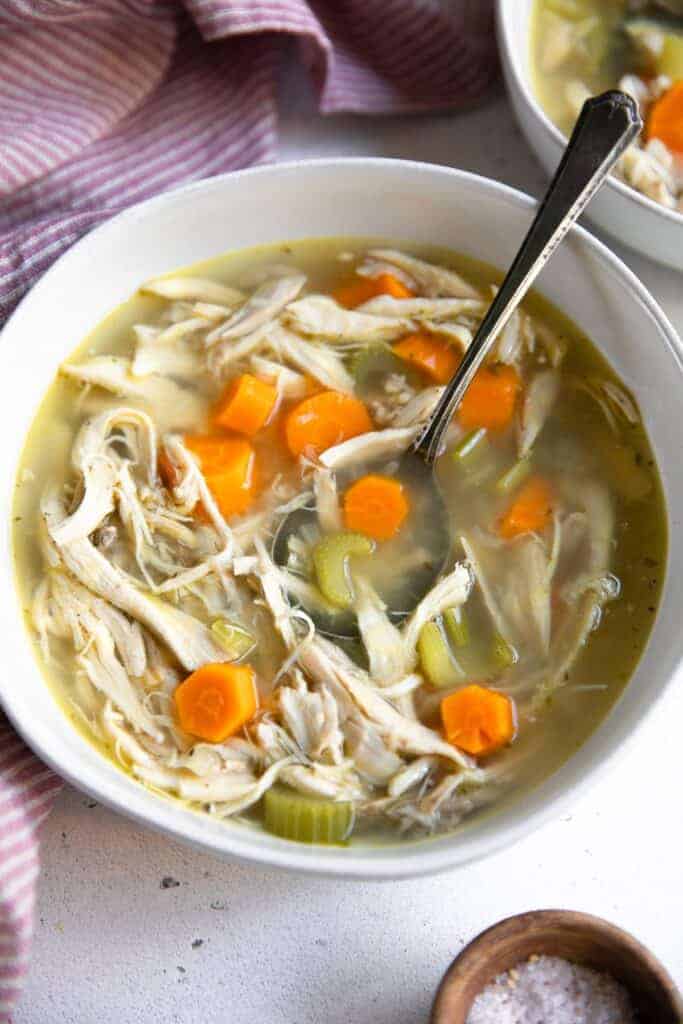
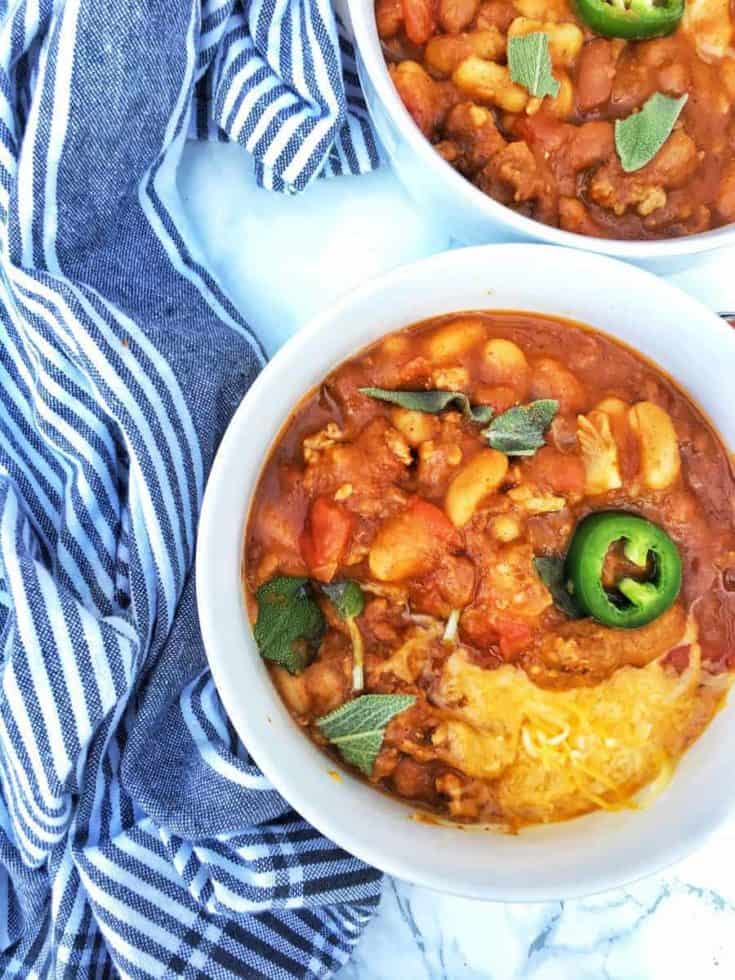

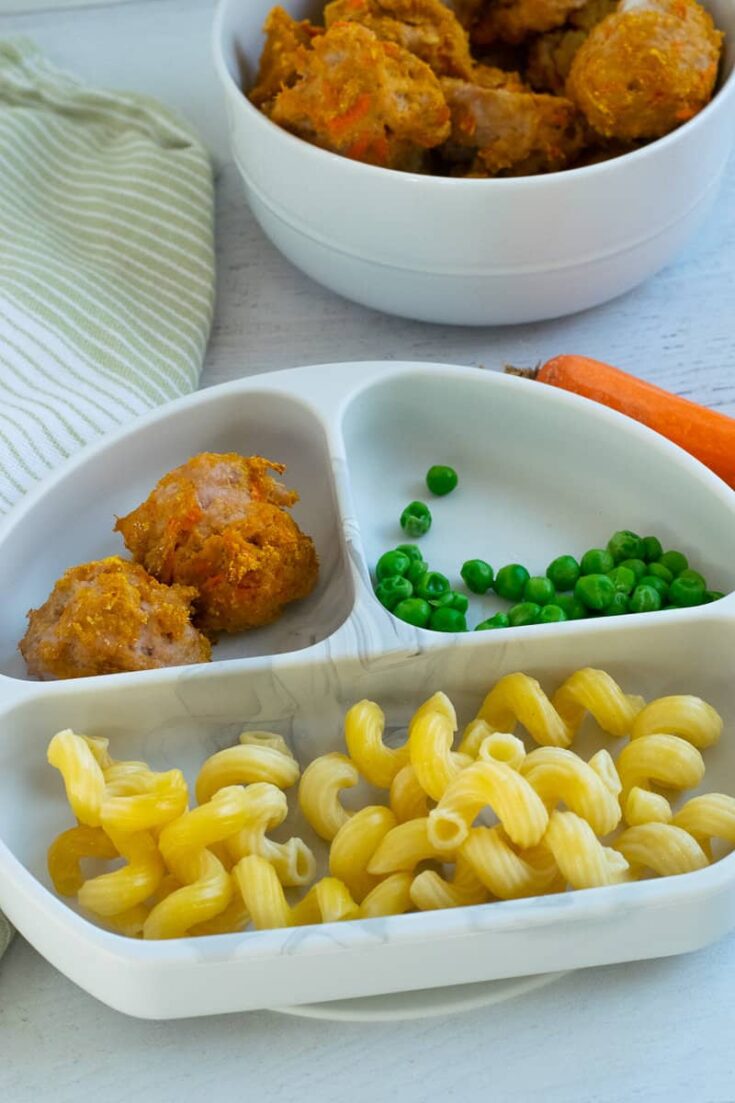

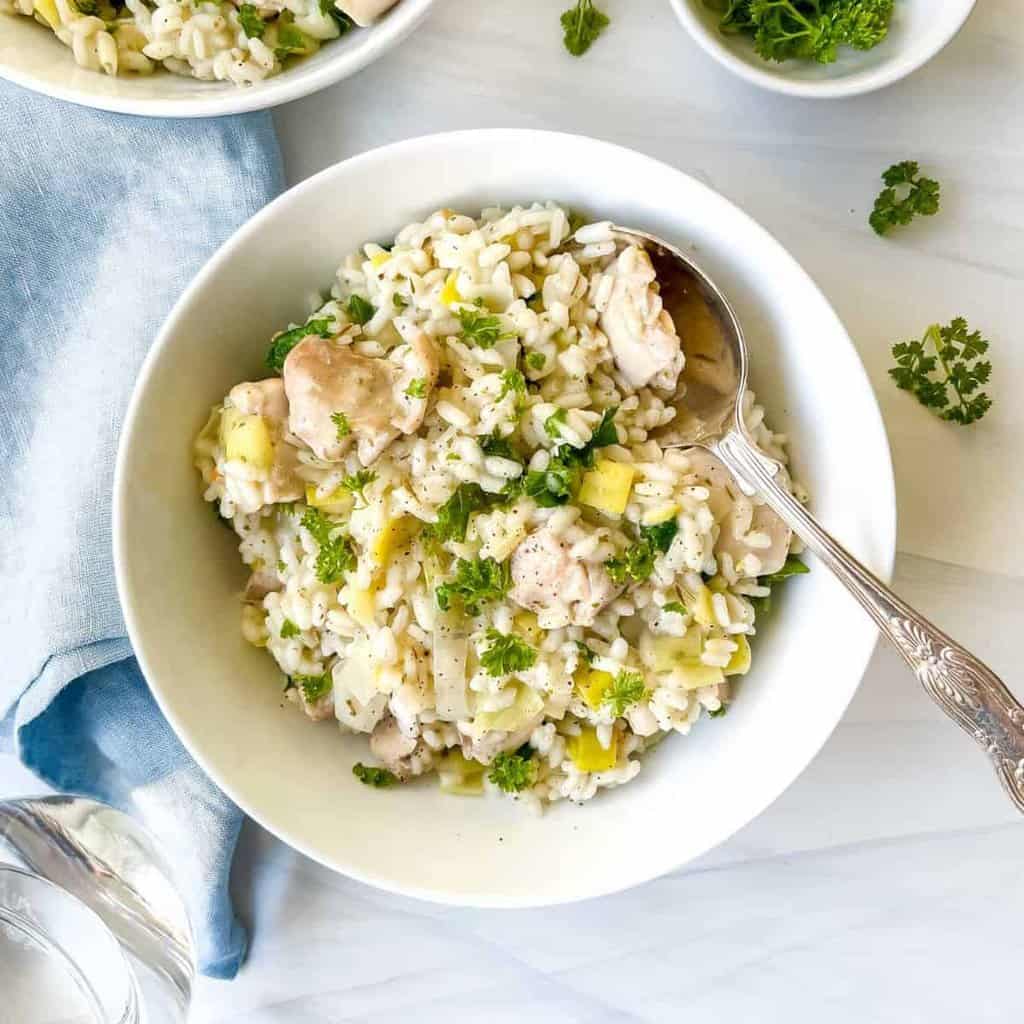

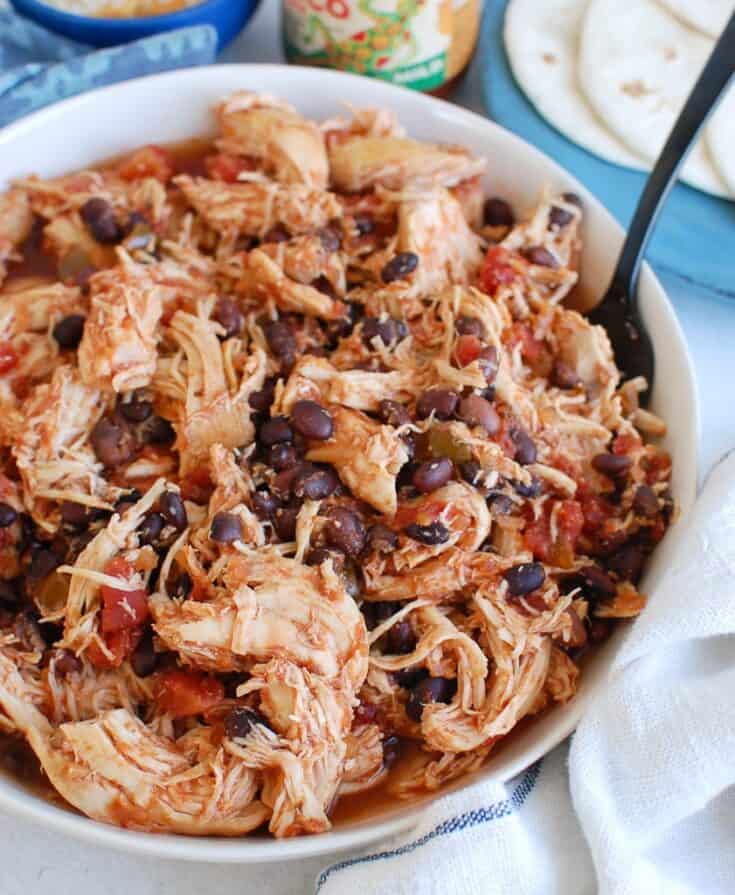


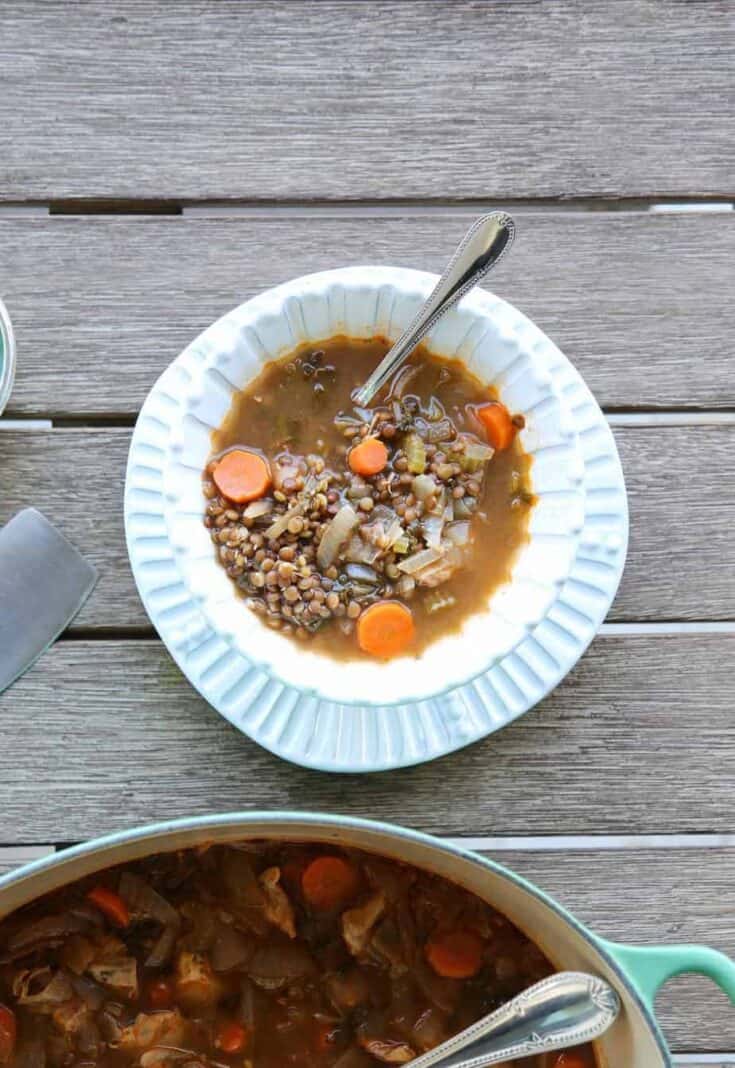

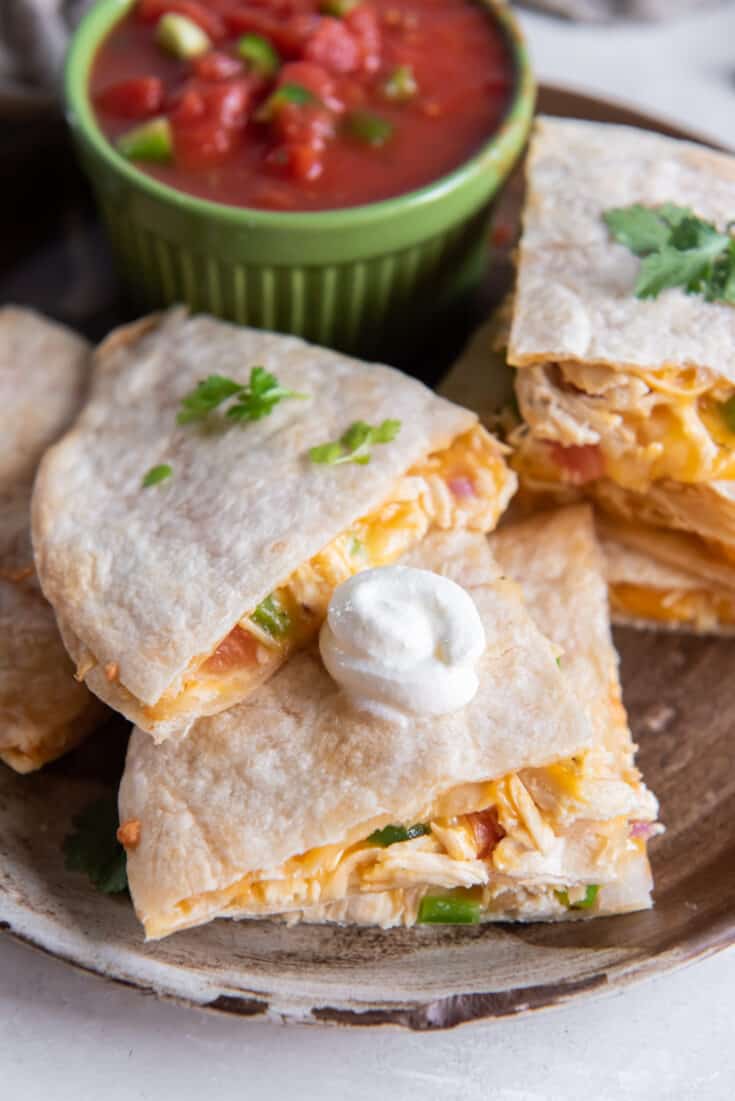

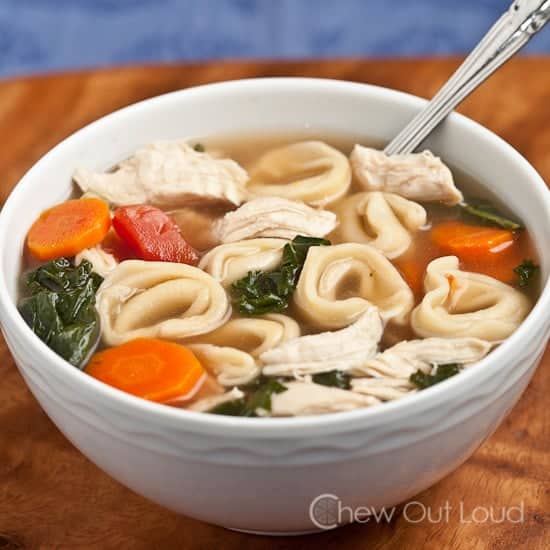
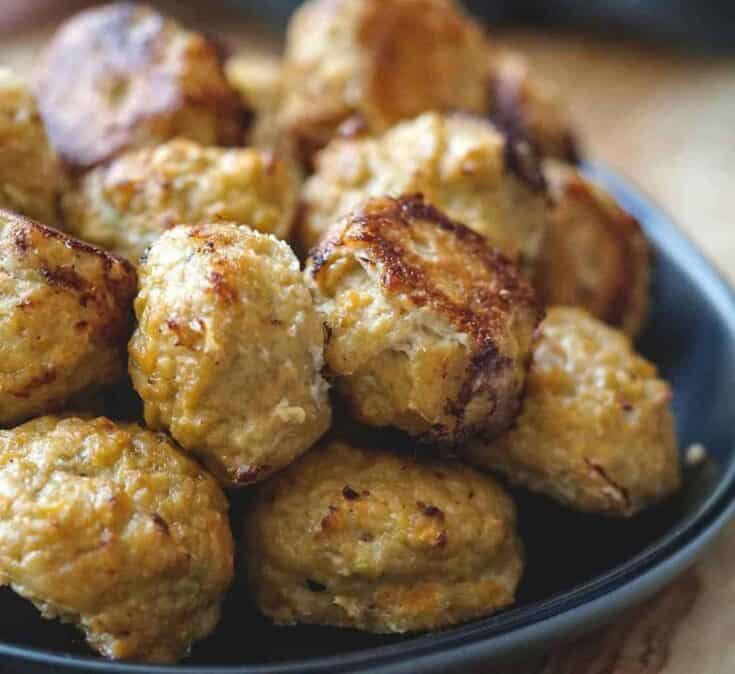

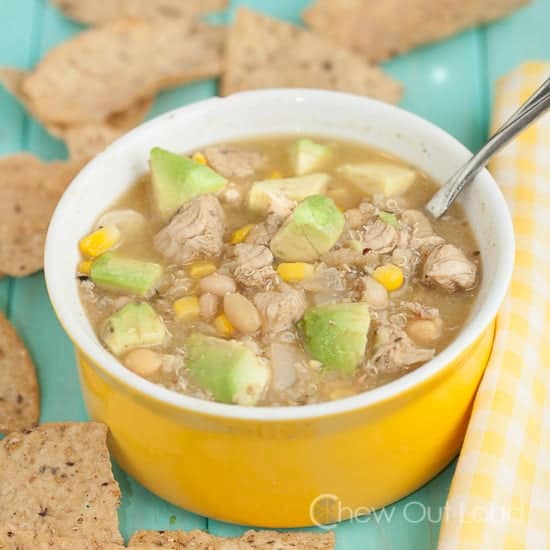
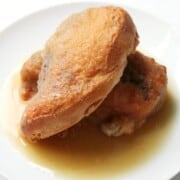
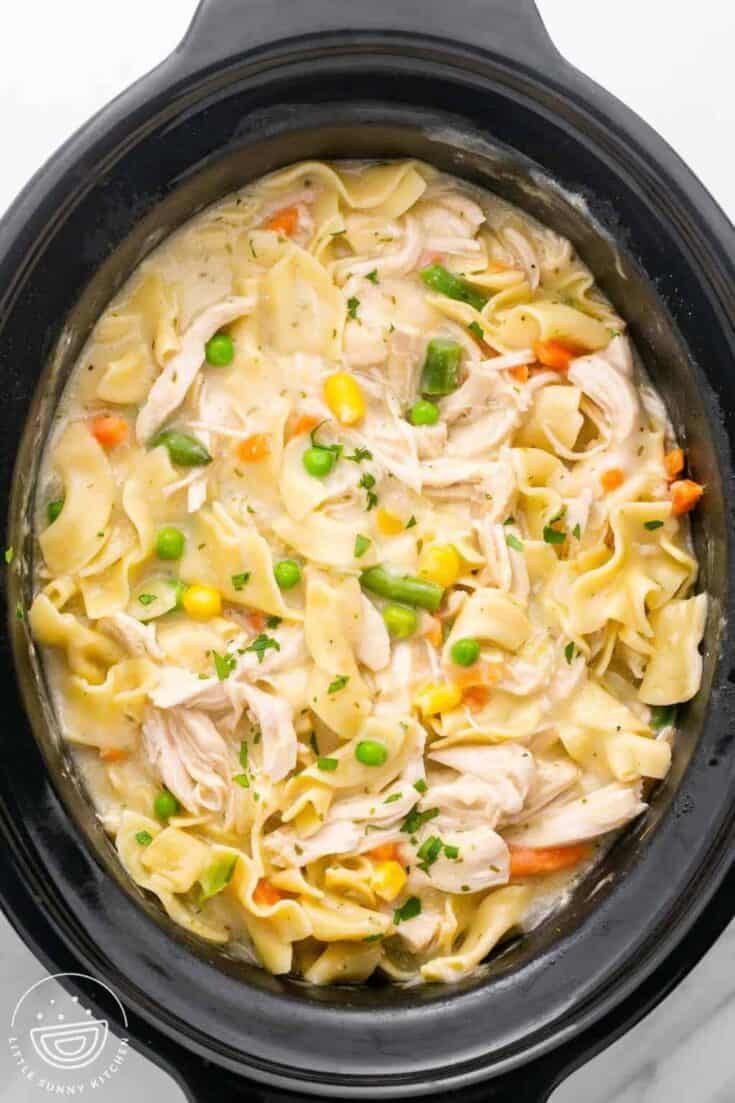


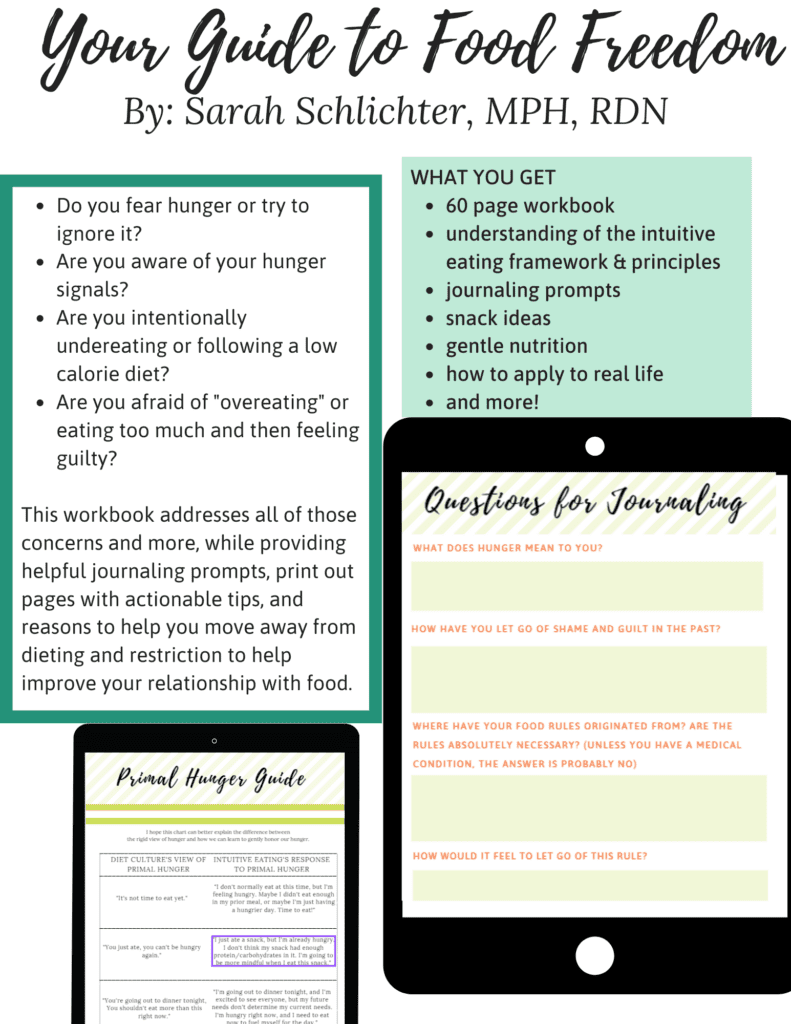
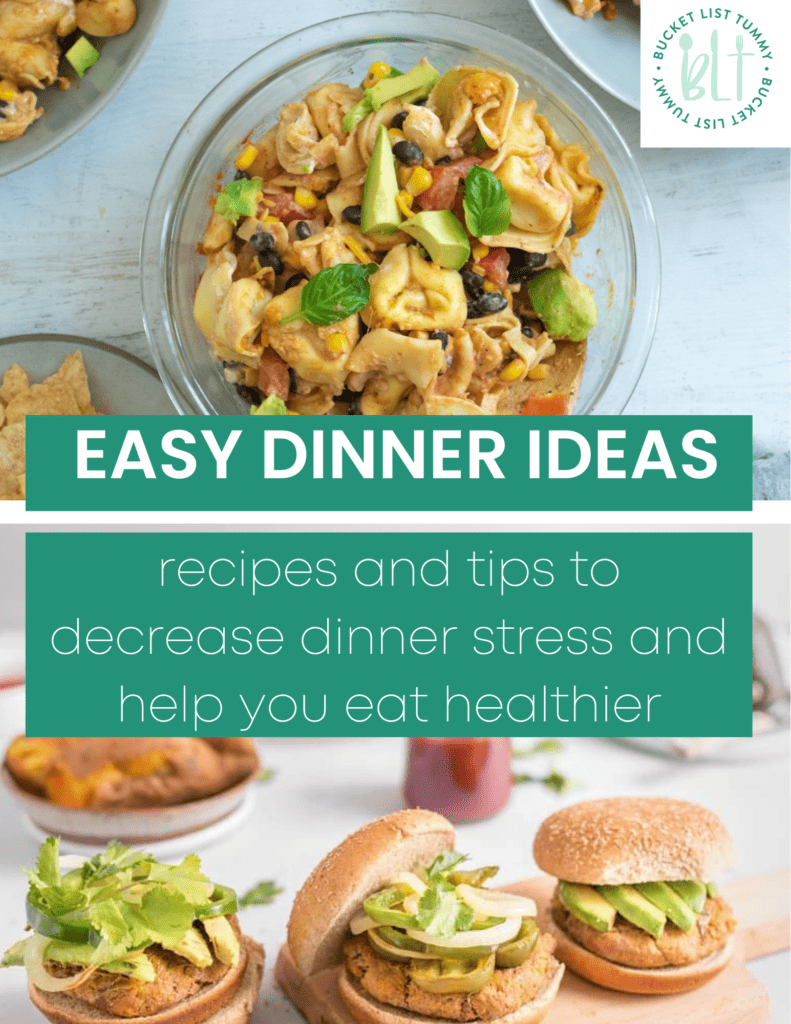




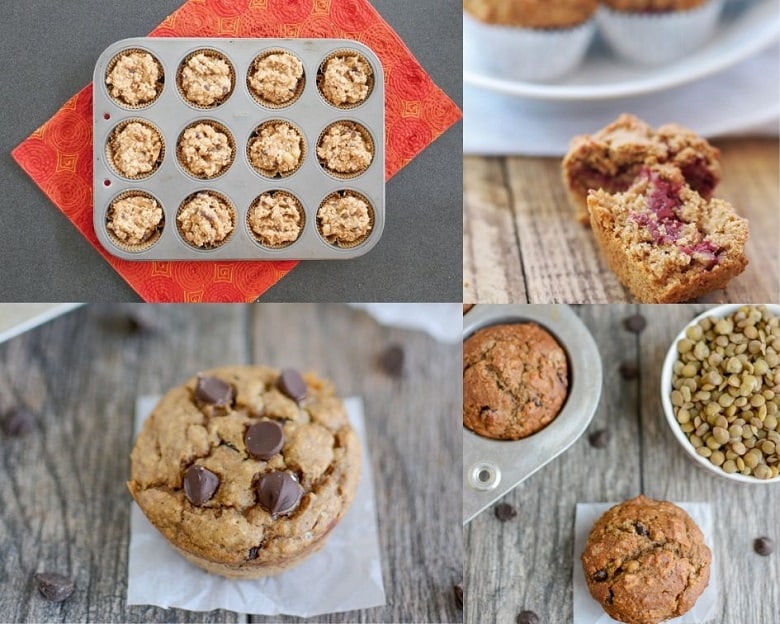
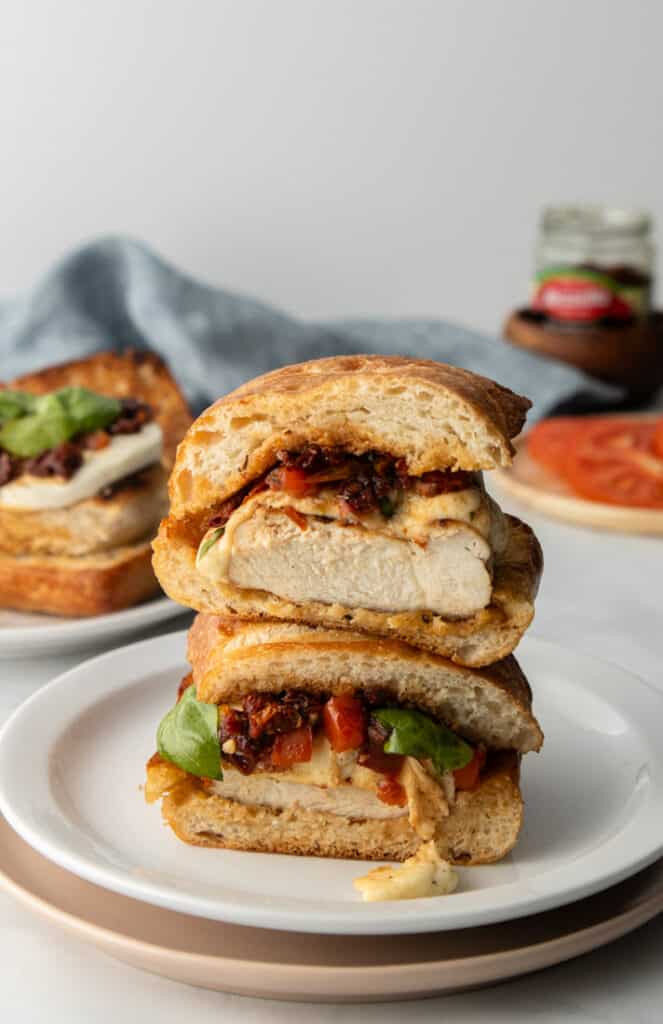
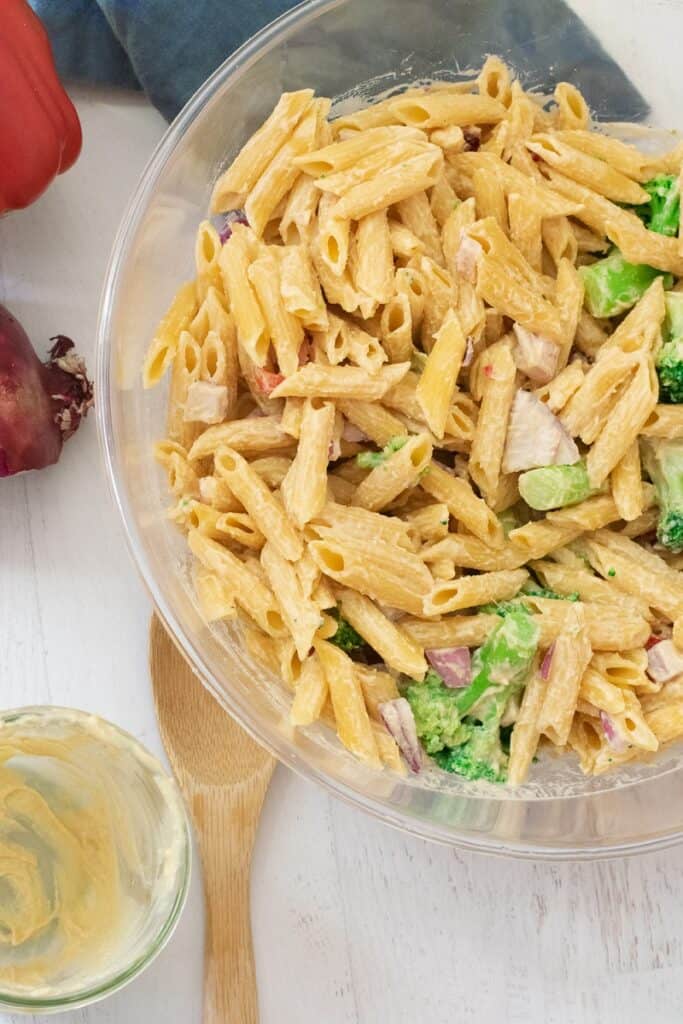
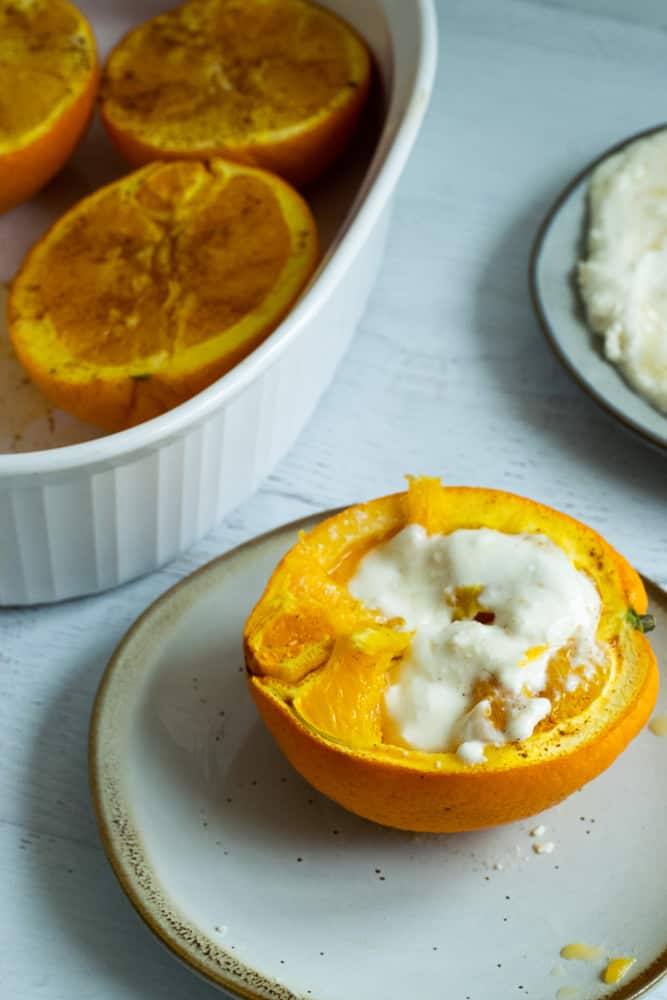


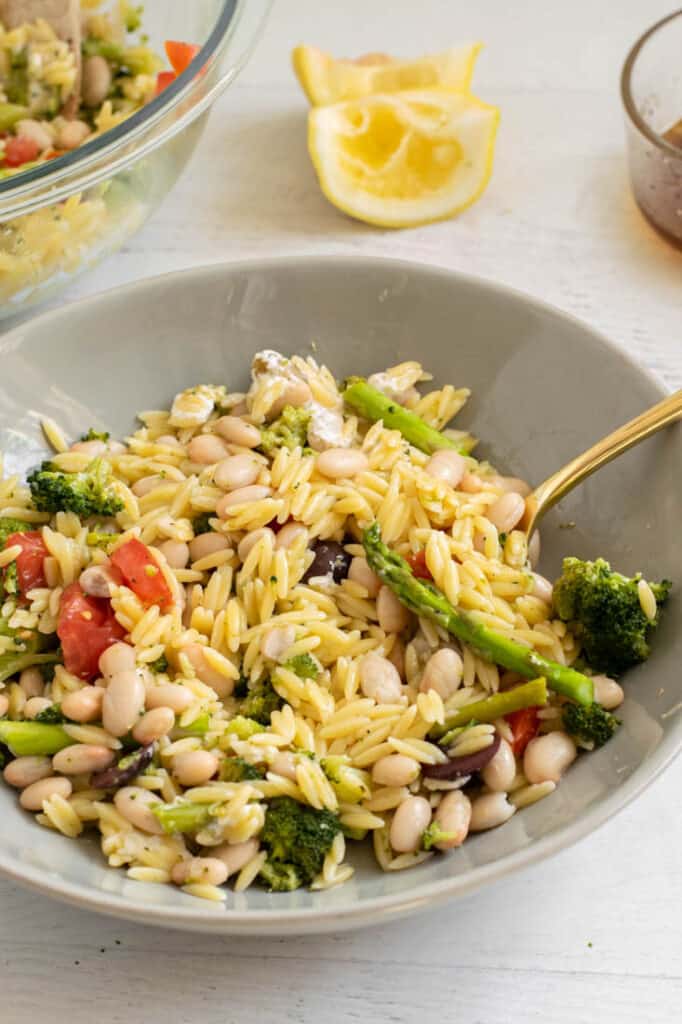
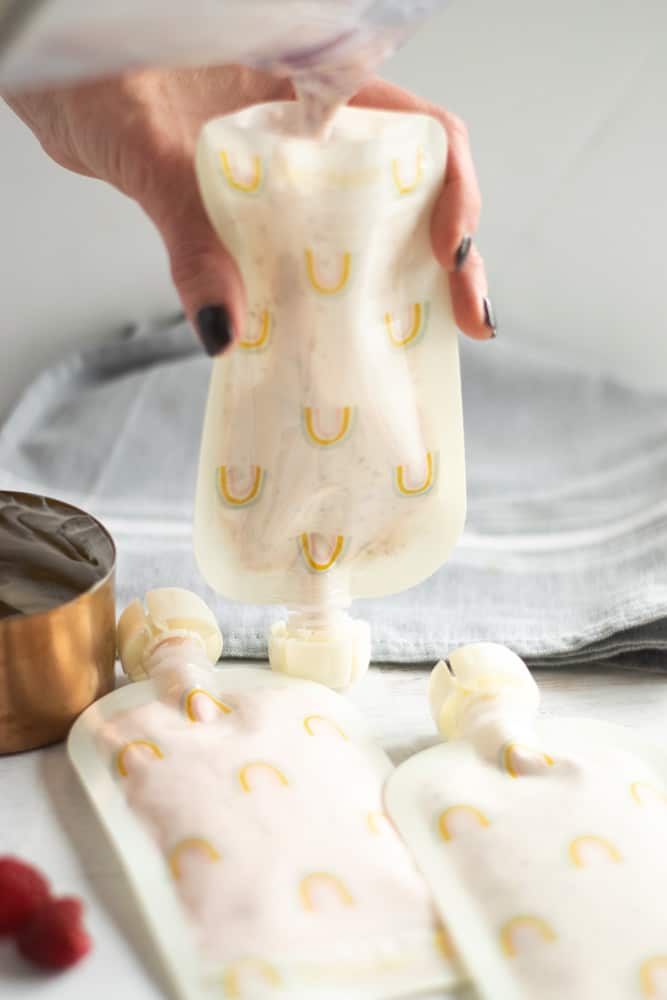
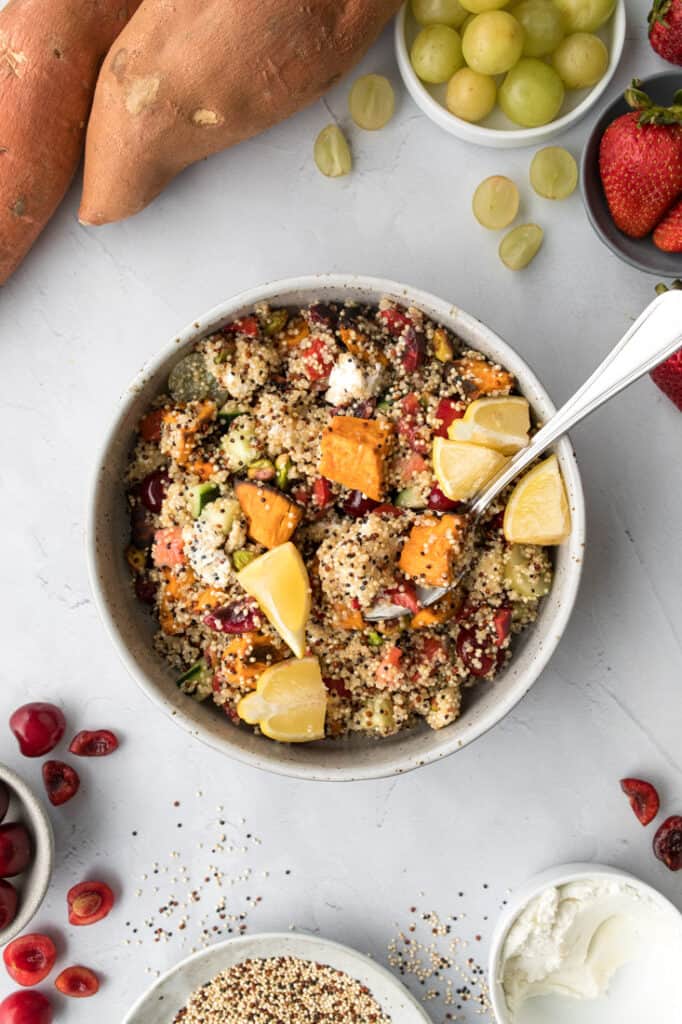

Like This Content?
Support Bucket List Tummy